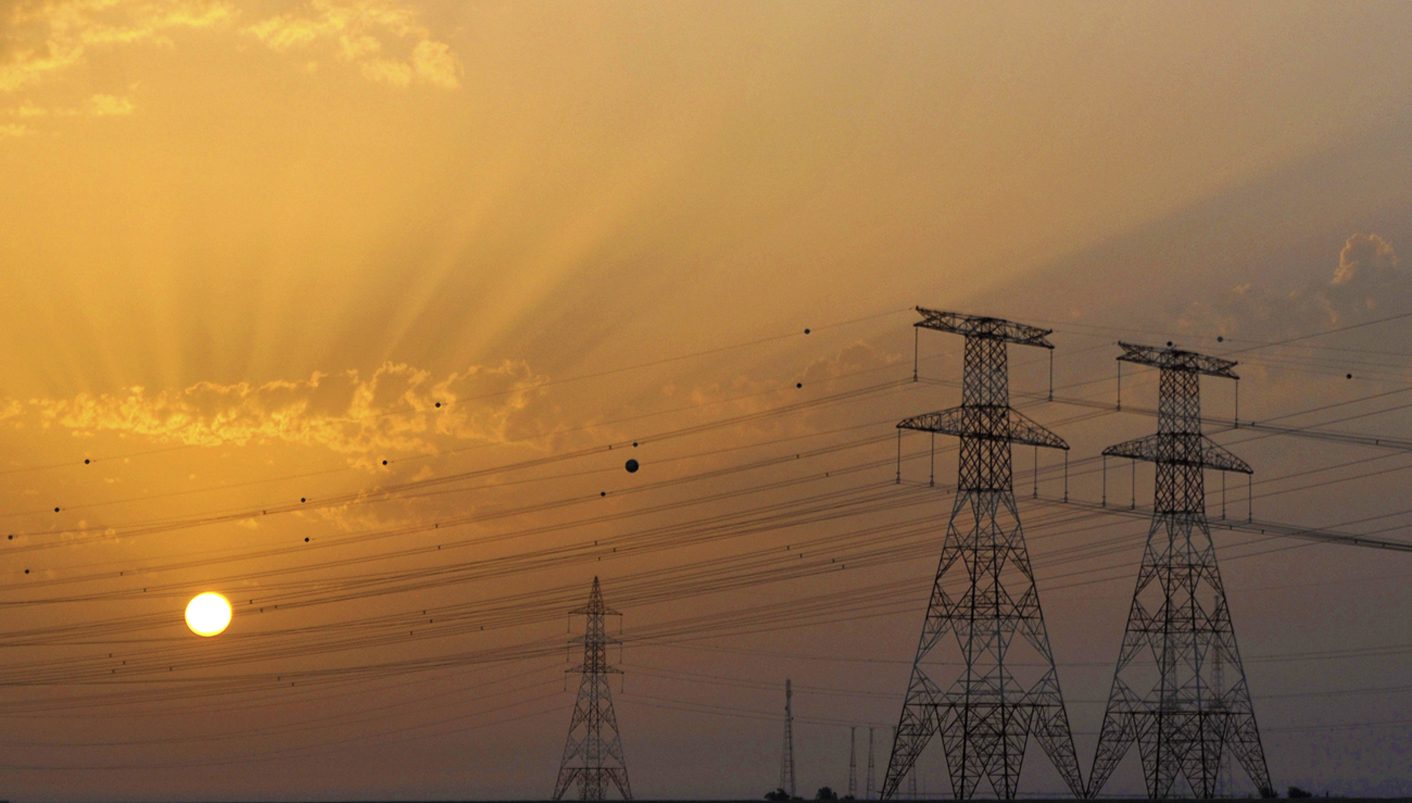Eskom chief executive Brian Dames and financial director Paul O'Flaherty appear to be growing in confidence and stature, with an excellent understanding of the business, its performance, achievements and the challenges ahead.
Eskom is undoubtedly one of the key business drivers in the country, with economic growth dependent on it meeting the objectives of its ambitious expansion programme while maintaining its extensive power generation, transmission and distribution operations - and keeping the lights burning.
With net finance costs of R4-billion for the year, and income tax of R5,2-billion, Eskom’s net profit after interest and tax was R13,2-billion (R8,4-billion in 2010/11). No dividend was declared for this year or the previous year.
Though revenue from electricity sales increased by 25% from R91,5-billion (2010/11) to R114,8-billion (2011/12), this was almost entirely attributable to Eskom's 26% average price increase for the year commencing on 1 April 2011. The increase in energy sales for the year under review was only 0,2% higher than the previous year, well short of the target of 1,2% set by Eskom.
Eskom's anticipation for economic growth in South Africa is a mere 2% per annum for the next few years, considerably lower than the expectation of 6%pa some years ago, and on this basis it is hard to see that energy sales are likely to increase by much more than 1,2%pa in the immediate years ahead.
Particularly disturbing, however, is that the total primary energy cost for the year increased by 29,2% above that of the previous year - many times higher than the inflation rate - and this despite a negligible 0,2% increase in electricity sales.
Eskom also disclosed that its average selling price of electricity was 50,3c per kilowatt hour (40,3c per kWh in 2010/11) against an average cost of producing and delivering this electricity at 41,3c per kWh (32,8c in 2010/11), and that its primary energy cost per kWh amounted to 20,6c per kWh, making up about half of the total cost of 41,3c per kWh.
When questioned about the increase in energy sales of only 0,2% against a target of 1,2%, Dames was adamant that this was due to prevailing economic conditions, and not due to Eskom holding back the economy. However, in power buy-back arrangements, Eskom paid ferro-chrome smelters R1,8-billion not to produce (thereby reducing national peak demand by some 1,000MW), plus a further R400-million on other demand-market-participation activities, and spent R1,5-billion operating its emergency diesel-driven open-cycle gas turbines in Western Cape for much longer than usual to cope with peak demand.
In fact, demand market participation, power buy-back and cogeneration costs increased by 923%, while open- cycle gas turbine operating costs increased by 281% over those of the previous year. These together knocked about R3,7-billion off Eskom's bottom line. This surely indicates just how “tight” the system really is and that, without these expensive measures, the country would have been back into load-shedding.
Other important information announced by Eskom included:
- A R4,3-billion project proposal funded by the Word Bank was on the Eskom CEO's desk for consideration and approval for the Majuba rail project, which would relieve road-transport of coal to the power station.
- Eskom was slowly catching up on its power-station maintenance, with the backlog of stations having reduced from 36 as of March 2011 to 26 as of 31 March 2012.
- Distribution losses due to electricity theft and related activities increased in the year ending 31 March 2012 compared to the previous year, and amounted to R1,2-billion.
- Eskom failed in its efforts to renegotiate the secret commodity-linked electricity price deals with BHP Billiton, and a liability of R4,6-billion therefore remained on the balance sheet as the estimated forward loss on these long-term contracts, which are said to expire in 2028.
- Since 2005, Eskom has commissioned 5,800MW generation capacity of its expansion programme of 17,000MW, with 535MW commissioned in the year under review.
- In October 2011, Eskom successfully implemented, on-time and within budget, what is said to be the largest SAP company-wide software system in the world.
- In the year under review, Eskom had 5,715 pupils with three- or four-year learning/bursary contracts in the pipeline, with a focus on engineers, technicians and artisans, and its staff complement increased to 43,400 employees.
- Safety remains a big issue, with 25 fatalities in the year under review: 13 Eskom employee and 12 contractor-employee fatalities.
- Coal problems in terms of both volumes of coal delivered and quality of coal delivered remained a problem at Eskom's Arnot, Tutuka and Matla power stations, and was being addressed.
- Eskom spent about R3,3-billion procuring power from independent power producers, an increase of 154% on the previous year, with the cheapest such power being 80c per kWh. However, Eskom did not disclose what the price per kWh was likely to be from its new Medupi and Kusile coal-fired power stations, which are currently under construction.
- Eskom intends to share in the capital costs of expanding production at existing “cost plus” coal mines feeding Eskom, as well as the construction of new green-field coal mines built to deliver coal for electricity generation, and is currently paying an average of R230 per tonne for its coal requirements.
There was no decision yet from government as to Eskom's role in the 9,600MW nuclear building programme proposed in the national integrated resource plan for electricity, IRP 2011 - 2030.
However, as the only nuclear operator on the African continent, and with over 30 years of experience, Eskom aspires to be the lead party in a new nuclear programme in South Africa.
What was not disclosed was the price increase that Eskom would ask from the regulator for the next several years. For this we shall just have to wait and see. DM
Photo: Eskom powerlines (Reuters)




